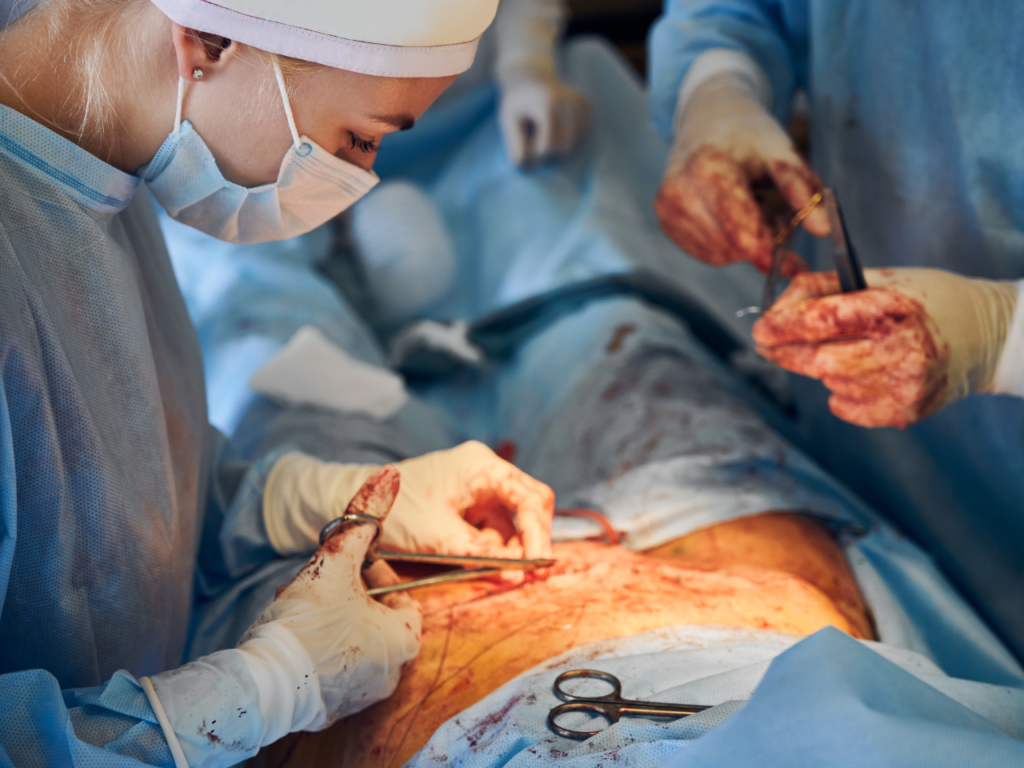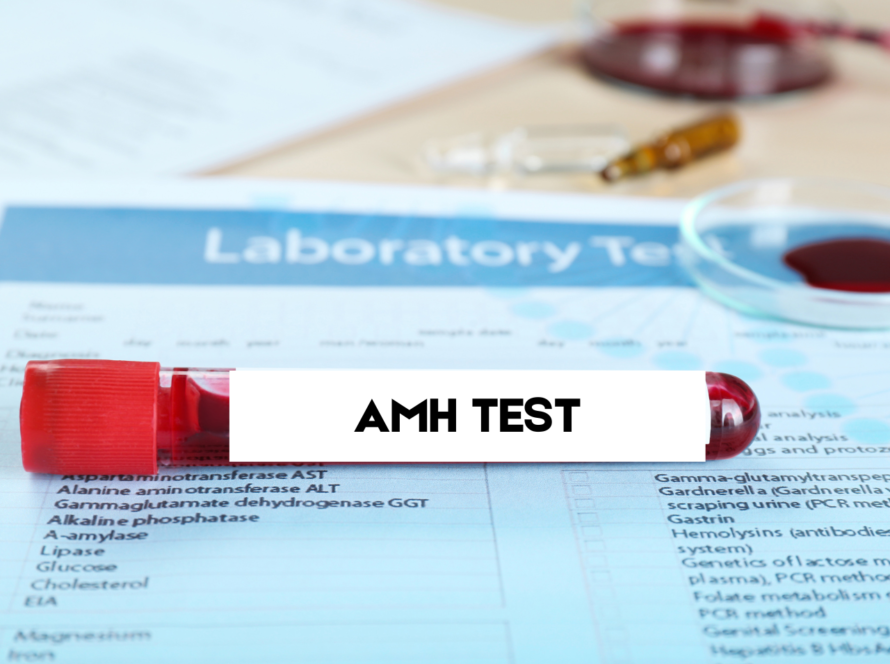A laparoscopic hysterectomy is a minimally invasive procedure to remove the uterus, often recommended for conditions like fibroids, endometriosis, heavy menstrual bleeding, or uterine prolapse. Unlike traditional open surgery, it involves small incisions, faster recovery, and less post-operative pain.
This blog will provide an in-depth guide on the procedure, benefits, risks, recovery timeline, and expert tips for a seamless post-surgery experience. If you’re considering this procedure, read on to get all the details before making a decision.
What is Laparoscopic Hysterectomy?
A laparoscopic hysterectomy is a surgical procedure where the uterus is removed using a thin, lighted tube (laparoscope) inserted through small incisions in the abdomen. It is commonly performed for:
- Uterine fibroids (noncancerous growths in the uterus)
- Endometriosis (abnormal tissue growth outside the uterus)
- Chronic pelvic pain
- Abnormal uterine bleeding
- Uterine cancer or precancerous conditions

Types of Laparoscopic Hysterectomy
- Total Laparoscopic Hysterectomy (TLH) – Removal of the uterus and cervix.
- Laparoscopic Supracervical Hysterectomy (LSH) – Only the uterus is removed, leaving the cervix intact.
- Laparoscopic-Assisted Vaginal Hysterectomy (LAVH) – The uterus is removed through the vagina with the help of laparoscopic tools.
Step-by-Step Procedure of Polypectomy
1. Pre-Surgery Preparation
- Medical tests: Blood tests, imaging scans, and an ECG.
- Dietary restrictions: Avoid solid food 12 hours before surgery.
- Medications: Your doctor may advise stopping certain medications before surgery.
2. The Surgical Procedure
Step 1: The surgeon makes tiny incisions in the abdomen.
Step 2: A laparoscope (camera) is inserted to guide the surgery.
Step 3: The uterus is detached and removed through the small incisions or the vagina.
Step 4: The surgeon closes the incisions with dissolvable stitches.
3. Post-Surgery Recovery
- Patients are usually discharged within 24 hours.
- Mild pain & discomfort can be managed with medication.
- Avoid lifting heavy objects for at least 6 weeks.
- Follow-up checkups are necessary to monitor healing.
Recovery Timeline: What to Expect?
Week 1:
✅ Rest as much as possible.
✅ Expect mild pain and fatigue.
✅ Light walking is encouraged.
Week 2-4:
✅ Pain decreases significantly.
✅ Gradually increase physical activity.
✅ No heavy lifting or intense exercise.
Week 6+:
✅ Full recovery for most patients.
✅ Normal activities, including exercise and sexual activity, can be resumed with doctor approval.
✔️Minimally Invasive – Small incisions mean less scarring & faster healing.
✔️ Lower Infection Risk – Compared to open surgery, infection risks are lower.
✔️ Shorter Hospital Stay – Many patients go home within 24 hours.
✔️ Faster Recovery – Return to normal activities in 4-6 weeks instead of months.
✔️ Reduced Pain & Blood Loss – Minimally invasive techniques lead to less discomfort.
Risks & Potential Complications
❌ Bleeding or Infection – Though rare, there’s a small risk of post-surgical infection.
❌ Injury to Nearby Organs – The bladder or intestines may be affected.
❌ Blood Clots – Staying active after surgery helps prevent clots.
❌ Hormonal Changes – If the ovaries are removed, menopause may start earlier.
FAQs
The surgery typically takes 1.5 to 3 hours, depending on the complexity.
If your ovaries are removed, menopause begins immediately. If ovaries remain, you may not experience immediate menopause.
No, once the uterus is removed, pregnancy is not possible.
Eat light, easily digestible foods. Avoid spicy, processed, and high-fat meals to prevent bloating.
Most patients can return to light activities in 2-4 weeks, but full recovery takes 6-8 weeks.
Why Choose Mithran Fertility Center for Laparoscopic Hysterectomy?
At Mithran Fertility Center, we specialize in minimally invasive gynecological surgeries with state-of-the-art technology and highly experienced surgeons. Our priority is to ensure a smooth and comfortable recovery for our patients.
For expert consultation, contact us today!
📞 Call: +91 6379 404 282, +91 9344 518 435
Conclusion:
A laparoscopic hysterectomy is a safe, effective, and minimally invasive surgical procedure that provides relief from various uterine conditions. With a faster recovery time, fewer complications, and minimal scarring, it is the preferred choice for many women today.
If you’re considering this surgery, ensure you have the right medical guidance, follow the recommended recovery plan, and prioritize your health.



